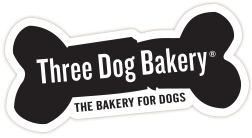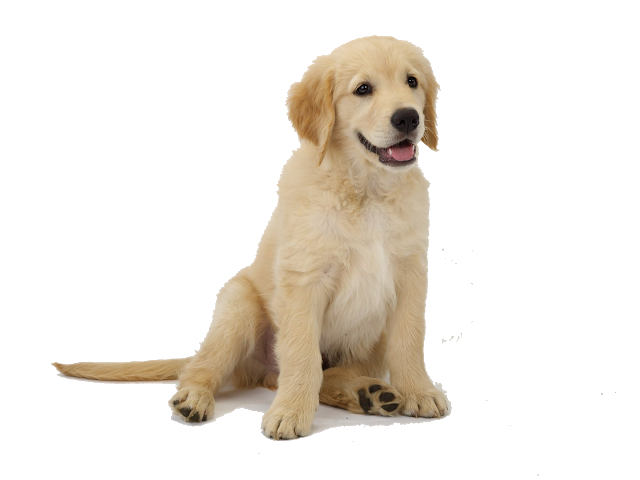Our friends at Fromm Family foods created this extremely helpful blog to ensure your puppy develops good habits and manners. We hope you find it useful!
The Basics
Most dogs learn quickly, but there are bound to be some “messes” along the way. That’s just a part of learning and growing up.
So, keep your pup in a place that’s easy to clean, especially when you can’t supervise them directly. A crate is a great place for this.
Puppy Crate Training
A crate can be a place where your pooch enjoys their naps—and a place they go if they ever want quiet time or privacy, even as adults. And during puppyhood, a crate helps them develop a normal sleep routine.
It’s important to get your puppy used to the crate from a young age. Be sure to choose a crate that’s just large enough for your puppy to comfortably stand up, turn around and lie down.
Some crates even come with separators/dividers, which can be added, removed or adjusted as your puppy grows. This can help your pup learn not to go to the bathroom where they eat or sleep—a very important first step in potty training.
Use a potty pad or other material that’s appropriate for them to urinate or defecate on. Ideally, something you can easily remove to clean or throw away.
Start with small increments of time in the crate and work your way up to longer periods, if possible. Generally speaking, for every month old your puppy is, that’s how many hours they can comfortably be crated.
When leaving your puppy in the crate overnight or while you’re at work, be sure they have enough food and water.
Very small breeds need to eat often to avoid low blood sugar—ask your vet for a specific recommendation.
Teach Your Puppy Where to “go”
Decide where you’ll want your pup to go to the bathroom, whether that’s your backyard, or a potty pad inside the home.
Then encourage your pup to use this spot by bringing them there several times per day, especially right after they eat—a common time for puppies to go to the bathroom.
Then, when they pee or poo in the right spot, offer them plenty of praise and attention.
What to Do If You Catch a Puppy “in the Act”
If you catch your new puppy urinating or defecating inside the home, try to pick them up and bring them outside or to a potty pad right away.
It’s OK to wait until they’ve finished—otherwise they might go while you’re carrying them, resulting in a big mess.
But, right after they’re done, bring them to their potty spot. Remain calm and offer some positive reinforcement in the form of petting or praise while they’re on the spot.
Do this consistently, and it will help them make the mental connection between that spot and their bathroom habits.
Think Like A Puppy
When it comes to training, it may help to get inside the mind of your furry friend…
This means understanding that the way your pup learns may be different from the way us human beings learn. With that in mind, remember to…
Use Praise and Positive Reinforcement
New puppies are developing a bond with you and your family. So, yelling and other negative interactions will not only NOT work—they can also damage the growing bond between you and your adorable puppy.
Remember, your puppy might not understand WHY you’re unhappy.
That’s especially true if the accident happened hours ago, while you were at work. They may have already forgotten it was them who left the mess on the rug.
So, the best training method involves offering plenty of praise when they go to the bathroom in the right spot. Offer praise, praise, and more praise!
This positive interaction will be so exciting for the puppy, they will want to repeat the behavior that caused it.
And, this living interaction will help to develop your new bond and friendship—a win-win for both of you.
Use Treats
Praise and attention are important. But, you can also use treats in moderation, especially if your new pup is food-motivated.
Check with your vet on how many treats are too many—especially if your puppy is a small breed. Then, let your puppy enjoy their favorite snack as a reward.
Nutritionally speaking, treats should not make up more than 10% of the total diet.
Consistency is key
You want to offer praise EVERY TIME you see your puppy go to the bathroom in the right spot.
Of course, this won’t be possible when you’re at work. But, do your best to use the same positive reinforcement when you are home.
The reason is, inconsistency can cause confusion, while consistency helps your pup learn faster.
Get the Whole Family Involved and on the Same Page.
If you live by yourself, it should be easy to provide consistency. However, if you have a partner, roommate, or kids, you’ll want to be sure everyone is using the same training method.
And, during this training time, remember to enjoy all the special moments with your new puppy—playing and cuddling and really getting to know them.
They’re only this age once, so be sure to enjoy their “puppyhood” to the fullest!

